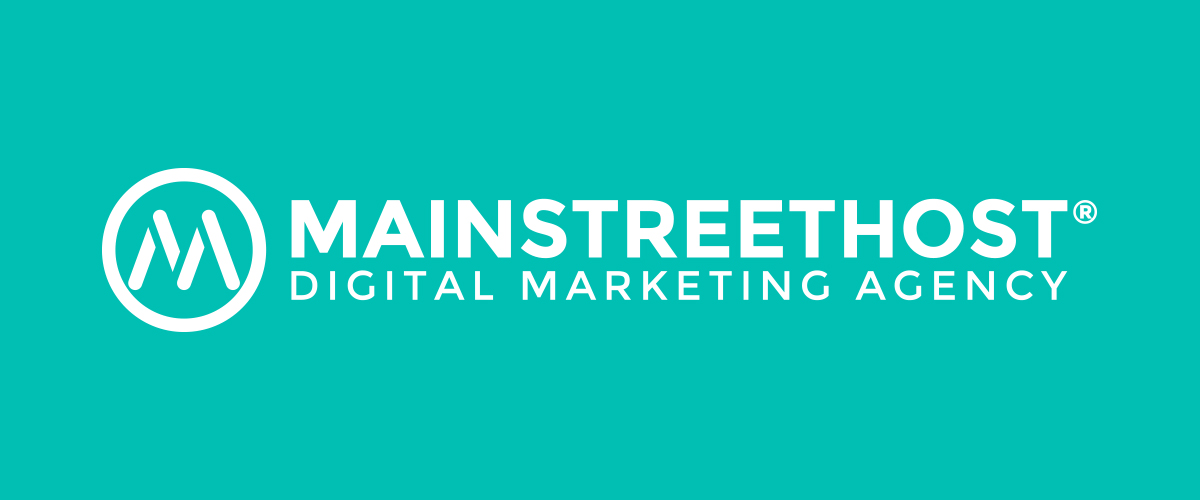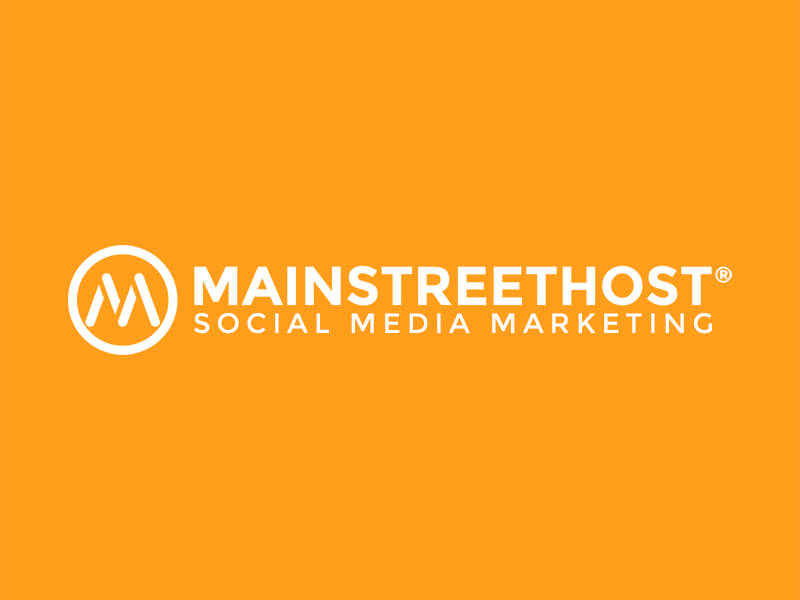The world of 2015 calls for increased efficiency, technology, and automation in almost all industries and aspects of everyday life. The industry of digital marketing, being in and of itself a child of the 21st century, is certainly no exception to this trend. Automation has infiltrated every part of digital marketing, with tools making it easier for business owners to leave the grunt work to their software and focus their valuable time and energy on big picture strategic planning.
One notable offshoot of this trend is the phenomenon known as “programmatic” advertising. If frequenting marketing blogs is something you do regularly, you’ve likely seen the phrase thrown around quite a bit in the last twelve months. Marketing Land estimates that it will account for 50% of digital ad sales by the year 2018.
The Basics
So, what is it? Well, there are a few different ways to approach that question. Something that has already become as widespread as programmatic advertising is bound to be interpreted differently by different industry sources, but there are common threads that help give us a general idea of what the trend consists of. It will always involve using software and algorithms (and sometimes, but not always, eBay-style real-time bidding) to automate the process of deciding which ads an advertiser wants to buy and where to place them.
Okay… automated. But what’s being automated?
As a business owner buying digital ad space, efficiency is paramount. And, while the ways in which programmatic advertising increases efficiency can vary depending on the purchaser, that general goal of eliminating unnecessary steps rings true throughout. The more quickly you are able to obtain the space you desire, create your content, and upload the ads, the faster you’ll be able to start tracking their effectiveness and optimizing them for the highest possible return on investment. With non-automated, or manual, methods that were popular until somewhat recently, the buying process was far from ideal in terms of efficiency. The effectiveness of an ad for a particular audience or demographic could only be tracked on the basis of a gradual stream of data that is manually tracked and studied. With programmatic advertising, however, the data interpretation is automated so that buying decisions are optimized automatically for particular demographics.
Also, because those older ads could only be purchased in bulk, ad buyers had far too little control over the amount and nature of the ad space they were purchasing. With programmatic advertising, this isn’t the case. Increased efficiency means more control over the amount of ad space an advertiser is forced to buy.
Eric Bader, CMO at RadiumOne has an effective way of describing how that automation works:
“The media buying process has completely outstripped human capabilities. We’re using millions of fragmented places and data sources. So you’ve got to figure out how to put something together. We’re literally talking about petabytes of data.”
With all that data to work with, manual tracking and manipulation just aren’t feasible – at least not with any kind of efficiency. The key is to enter the process having decided what your key performance indicators (KPI’s) are. These will be determined by specific attributes of your target audience. Here is where creating thorough buyer personas will bring major rewards. Think about which personas can benefit most from a particular campaign, apply those attributes to your automated buying algorithm, and watch the ad space you acquire as it rapidly optimizes itself to align with your KPI’s. Using predictive analysis, the automated system of purchasing will keep your ads’ effectiveness trending upwards and free you up to take care of other concerns.
The Nuts and Bolts of Programmatic Advertising
Often, when marketers hear about programmatic advertising, dystopian notions of robots taking over their marketing strategies deter them from delving further into the tactic. While there is certainly a futuristic, artificial intelligence element to this method of buying ad space, it doesn’t have to be regarded with fear or nervousness. Basically, relinquishing control is always difficult (your small business is your baby, we get it), the algorithms that comprise programmatic advertising are based on your own understanding of your target audience. All of the hard work and experience you have put into developing a sensitive relationship with your audience will make automation even more successful. As Marketingland states, “Programmatic strategies leverage machine-learning technologies and AI to resolve the billions of potential targeting combinations to reach the customers most likely to convert to sales. The result is a highly optimized advertising campaign that never stops working toward constant self-improvement.”
What About Real-Time Bidding?
As we mentioned earlier, real-time bidding is sometimes an element of programmatic ad purchasing, but not always. What it is, though, is an auction for ad space that occurs in real time, similar to an eBay auction, or to the stock market. The company selling the ad space will set certain rules about the auction – such as the starting bid price and the network reach – and then make that inventory of ad space available for advertisers to bid on in a real-time auction. When purchasing ads in this way, you’ll be able to take part in an exchange-based auction that ensures all ad buying opportunities are based on the actual supply and demand value of the ad.
So, while real-time bidding and programmatic advertising are certainly in the same ballpark, it’s important to understand that the terms are not interchangeable. Programmatic advertising represents a broad range of buying practices with the common thread of algorithm-based automation in an attempt to more efficiently target particular audiences with your ads. Real-time bidding, on the other hand, is simply one specific style of purchasing that could be considered programmatic. What’s likely the case is that the terms are being thrown around together so often because their respective ascents in the pantheon of digital marketing buzzwords happen to be occurring at the same time. Remember, though, programmatic represents something broader and more likely to affect your marketing strategies in the near future.
Recap
Programmatic advertising represents, more than anything else, a move towards automation and efficiency. The goals that it aims to help you achieve aren’t indicative of some marketing revolution – the idea is still to get the best advertising content to the appropriate audience in the shortest possible timeframe. The automated, algorithm-based way in which programmatic processes work, however, do represent a new dawn in terms of achieving those goals.
Marketers and business owners alike can benefit from the time that will be freed up by automatically optimized ad buying strategies. Audiences will benefit from having hard-working algorithms working around the clock and behind the scenes (or behind the screens, if you will) to present them with the advertising content that actually represents a value proposition. Automation isn’t something to be feared; it’s simply a way to make advertising more highly optimized and a vehicle to get it there faster.





